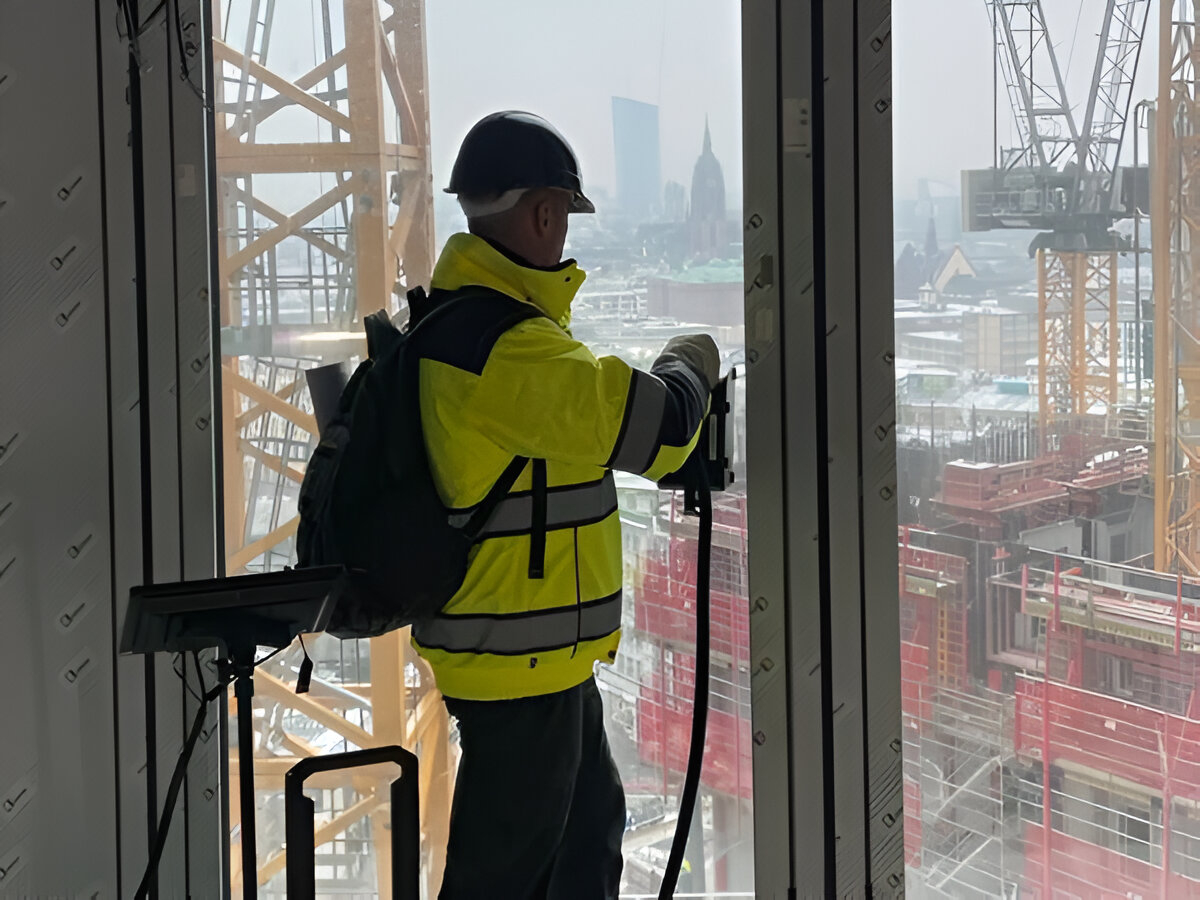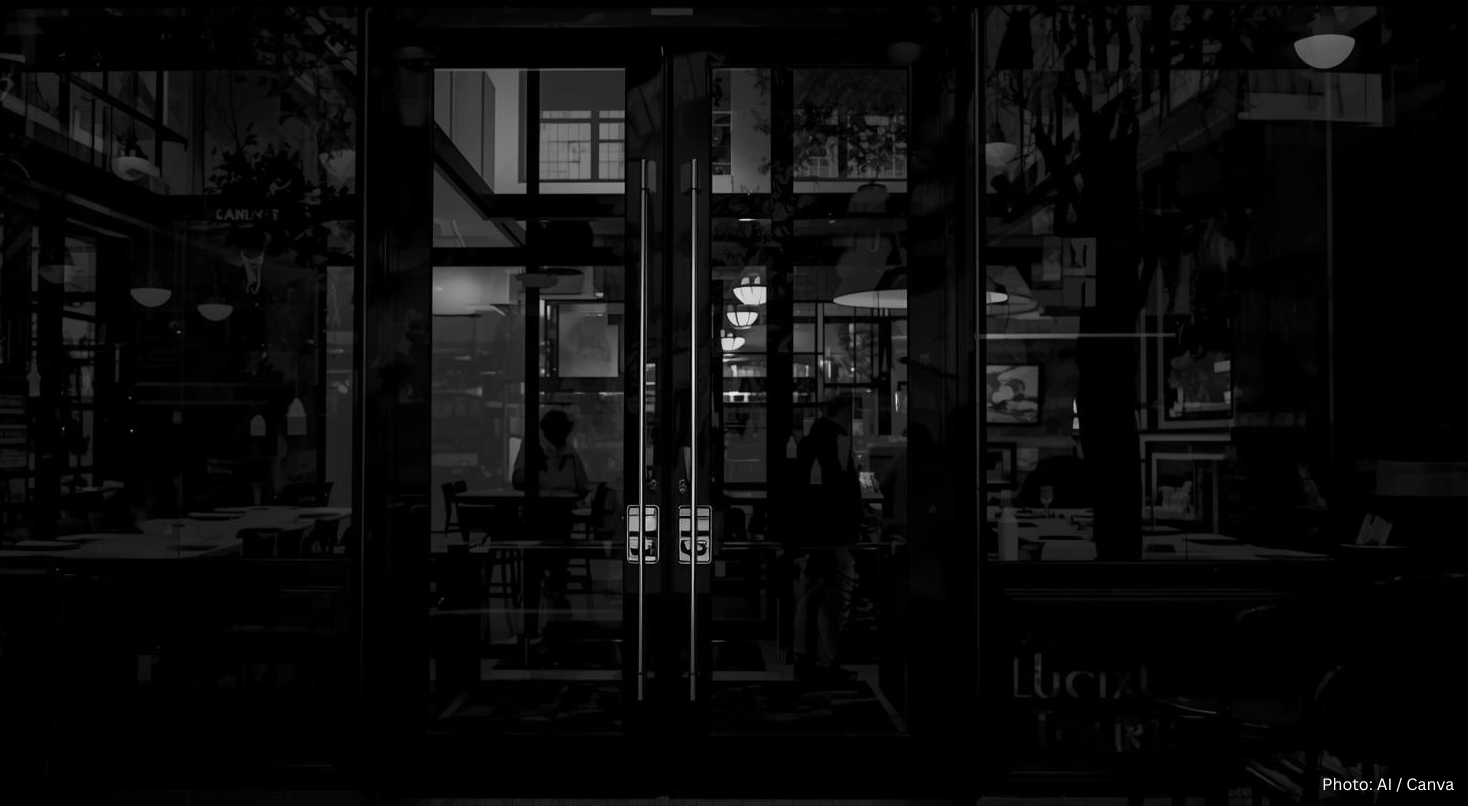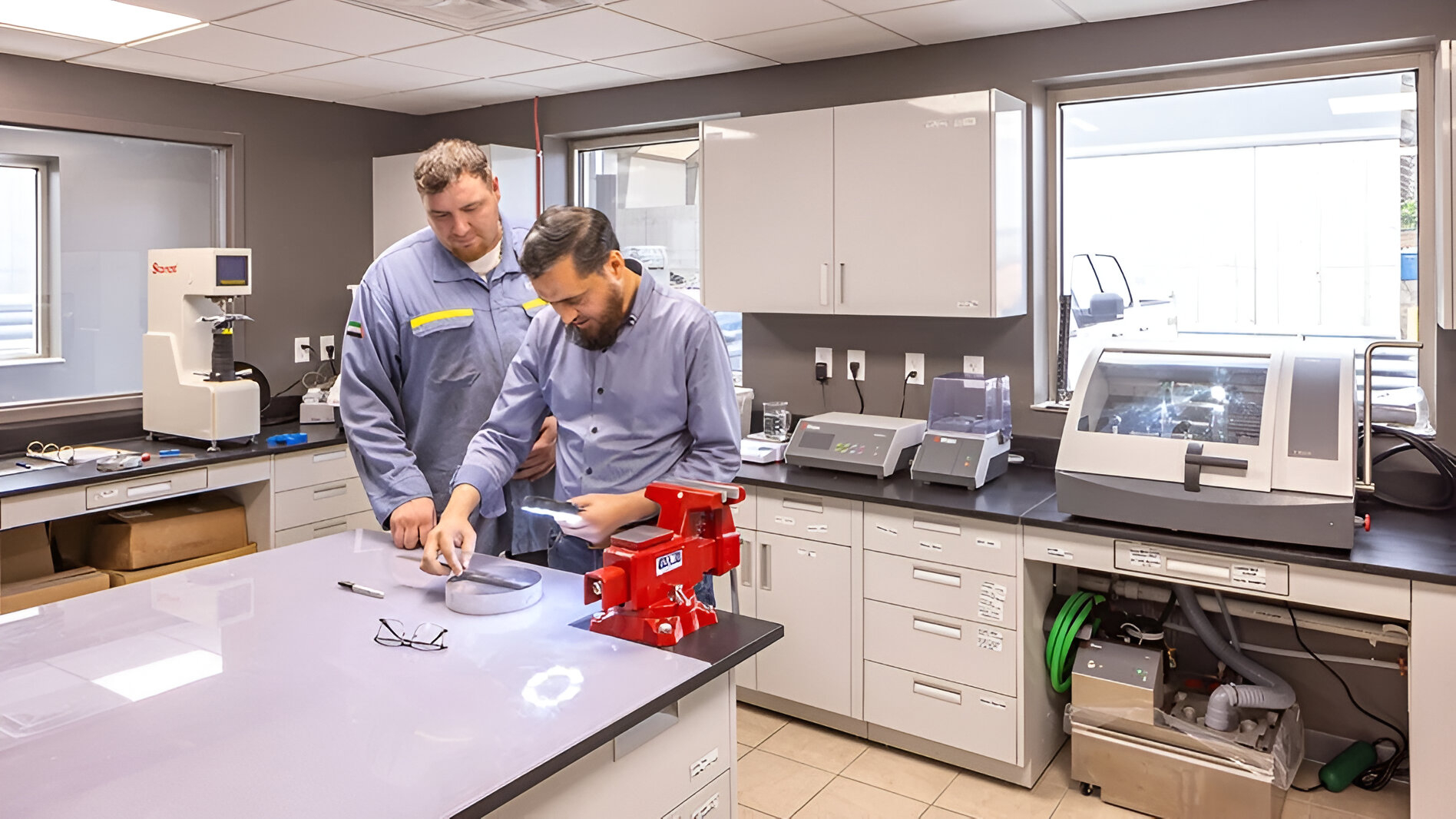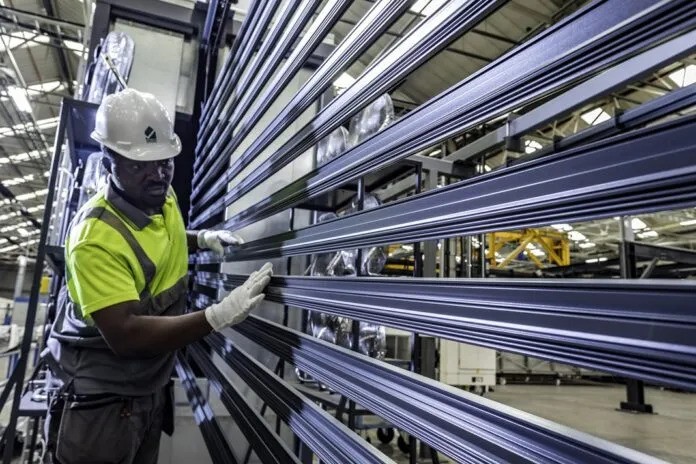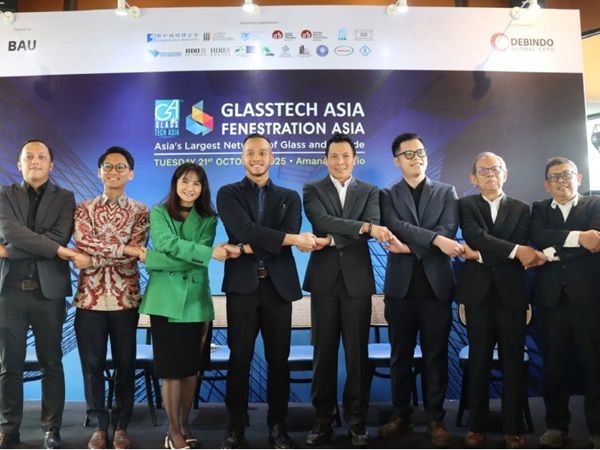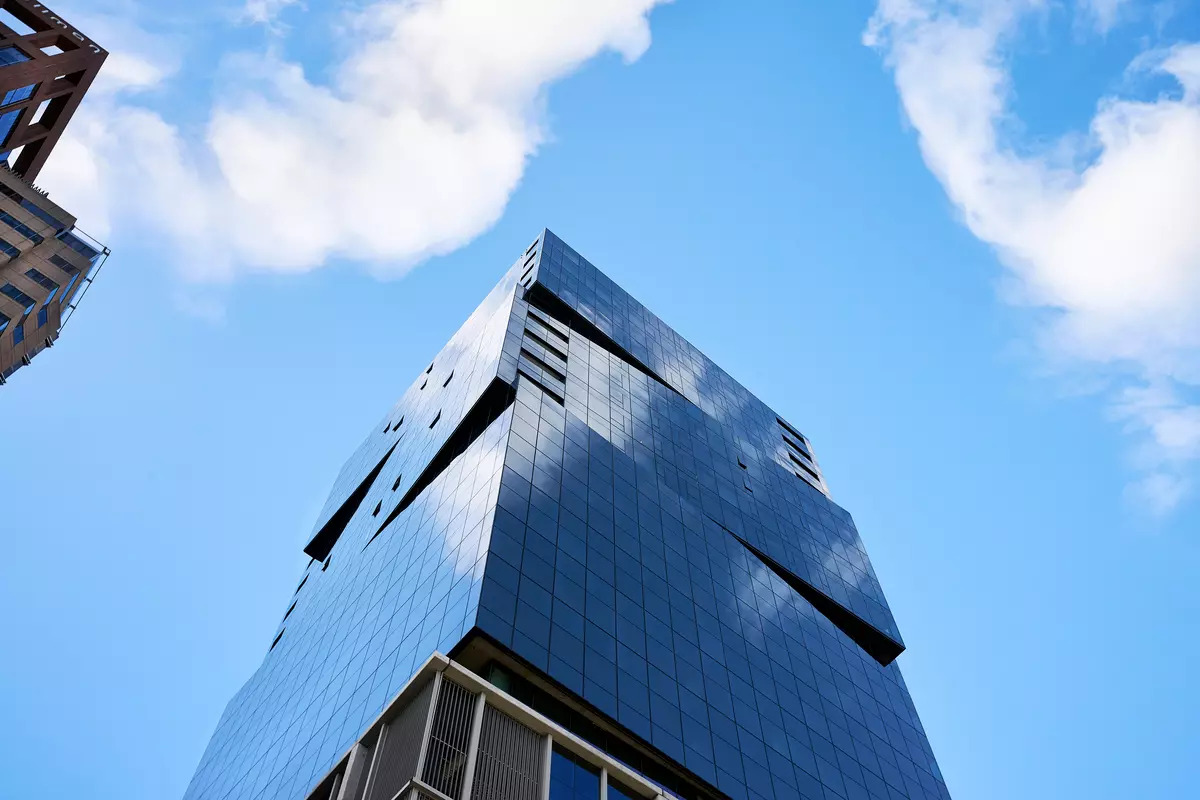The longevity of insulating glass units (IGUs) is a defining factor in the energy efficiency of modern building facades. According to research presented at Glass Performance Days 2025, “Sustainable Glass Facades: Understanding the Long-Term Thermal Performance of IGUs”, their performance is far from static. Over time, gas leakage and coating wear can noticeably reduce insulation capacity, increasing both energy consumption and emissions.
The findings by Chris Davis and Kevin Yin emphasize that the quality of the gas fill, whether argon or krypton, is crucial for maintaining efficiency over decades. Properly sealed units show less than 5% gas loss over 25 years, with minimal thermal degradation. However, poorly constructed or defective IGUs may lose up to 10% annually, leading to substantial heat loss and shortened service life.
Field investigations on buildings of various ages revealed that many IGUs had dropped below the 80% argon concentration required by EN 1279-3. Interestingly, some units that looked visually intact still showed significant gas depletion. This underlines the importance of non-destructive testing methods, such as laser-based gas analysis offered by Sparklike, to assess real performance.
For manufacturers and facade experts, continuous verification of gas levels ensures that insulation performance aligns with sustainability goals. Reliable testing supports smarter maintenance, extends IGU lifespan, and contributes to the broader pursuit of net-zero energy buildings.
Source: Sparklike with additional information added by Glass Balkan
